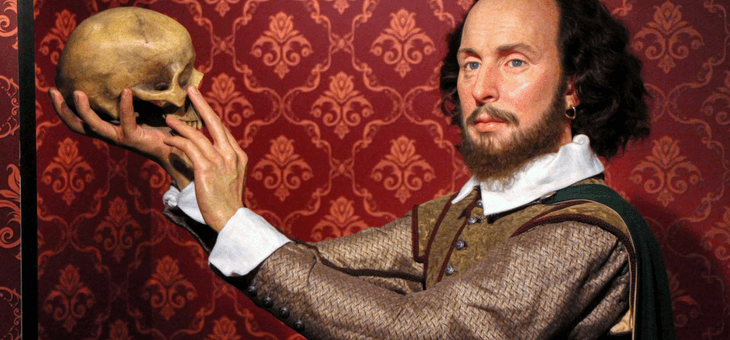Many of William Shakespeare’s works have such a strong sense of place that the scene comes alive in your imagination as you’re reading. Of course, the Bard was skilled at sculpting iconic characters and concocting poetic dialogue, but having an established place is also so important to the enjoyment of reading fiction. His plays were often set in real-world cities and locations, from Ancient Greece to handsome England.
Luckily, many of these places still survive today.
Kronborg Castle
Helsignor, Denmark
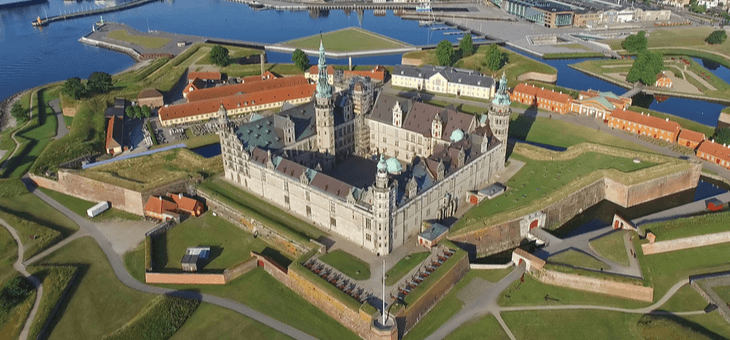
The ornate fortress perched next to the sea on the eastern edge of Denmark is called Kronborg Castle, but Shakespeare fans will recognise it as Elsinore.
As Elsinore in Hamlet, the ramparts of the castle were where Hamlet saw the ghost of his father. Nowadays the castle is a UNESCO-protected site, and open to the public.
Read: Some of the world’s most beautiful castles
Juliet’s Balcony
Verona, Italy
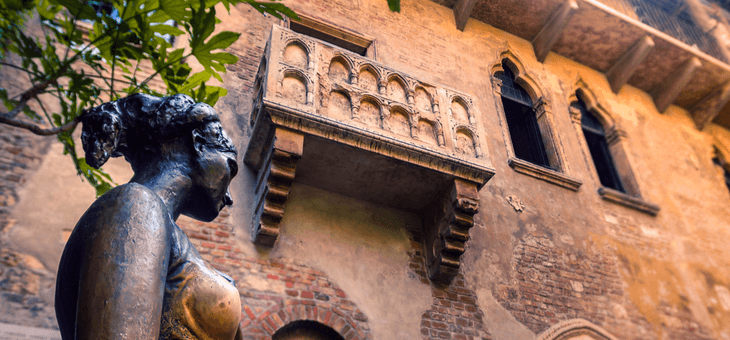
“O Romeo, Romeo! wherefore art thou Romeo?
Deny thy father and refuse thy name.” – Juliet, Romeo and Juliet, Act II, Scene II.
Perhaps the most famous place in all of Shakespeare’s works is Juliet’s balcony. How romantic for love to be declared by Romeo while looking up at beautiful Juliet standing on her balcony. ‘The balcony’ is said to be a squat, stone window ledge on a building now known as the Casa di Giulietta.
It’s reported that the house once belonged to the Capullo family, which some people believe to be the inspiration for the Capulets of the play.
Scholars agree that both Romeo and Juliet were fictional characters, and any real connection to the play is spurious at best, but the house is now one of Verona’s most popular tourist attractions.
Romeo’s House
Verona, Italy
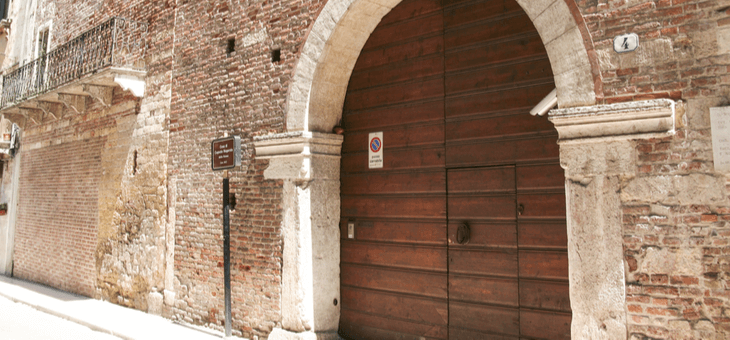
Romeo’s house in the play is said to have been styled on a family house that once belonged to the Monteccis family, a family that may have inspired the Montagues.
The connection to the play is tenuous but it is a genuine medieval building and bears a plaque on the wall with this unforgettable quote:
‘Oh Romeo, Romeo, wherefore art thou Romeo?’
‘Tut! I have lost myself; I am not here.’
The medieval home is not open to visitors, but there is a plaque outside that marks it as Romeo’s home.
Read: Avoid Italy’s tourist traps and see more of what matters
Pontefract Castle
Pontefract, England

Shakespeare used Pontefract Castle (at his time, Pomfret Castle) as a setting in two of his history plays, Richard II and Richard III. In Richard II, the King is dragged to Pomfret Castle, where he ruminates on his life when imprisoned in the dungeons – and is killed as the play ends.
Although we don’t know the exact facts about Richard II’s death, Pontefract Castle was notorious – and widely feared – for its bloody reputation.
Pontefract Castle now lies in ruins, some of which are open to visitors.
Read: Places that inspired famous authors
Jerusalem Chamber
London, England
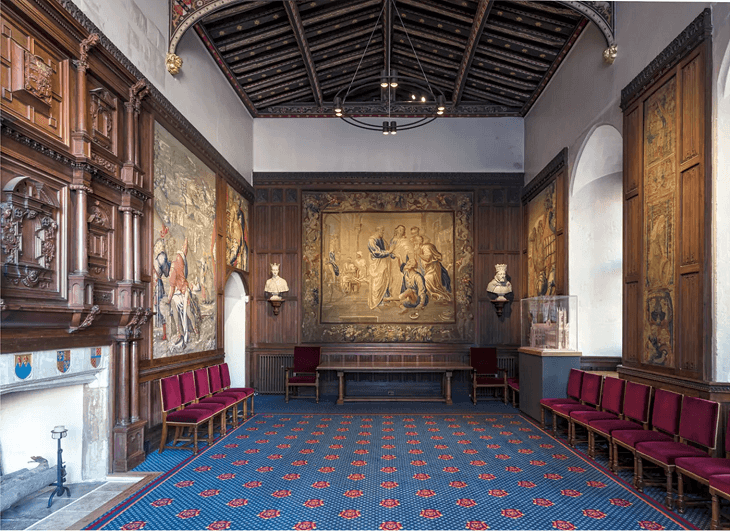
Located within Westminster Abbey, the room known as the Jerusalem Chamber is not only the setting of King Henry IV’s final moments in Shakespeare’s play about his life, but also the place where the real King Henry IV died in 1413.
Both Westminster Abbey and the Jerusalem Chamber have been carefully preserved and still hold historic tapestries and a period chandelier.
The chamber is now used for meetings of the dean and chapter, and for private gatherings and receptions as arranged or permitted by the dean. This room is normally off-limits to the public, but access is sometimes granted for special projects.
Ardennes Forest
French Ardennes, France

Forests are traditionally considered to be places of magic and mischief, of outlaws and intrigue, and this is often seen in Shakespeare’s work. The romantic comedy As You Like It takes place almost entirely in the Forest of Arden.
The fantastic forest is full of surprises and is clearly a work of fantasy, but most scholars agree that this is a version of a forest in the Ardennes, a mountainous region that sprawls over Belgium, France, Luxembourg, and Germany.
Boar’s Head Inn
London, England

The Boar’s Head Tavern is featured in some of Shakespeare’s historical plays – particularly Henry IV, Part 1 – as a favourite resort of the fictional character Falstaff and his friends in the early 15th century. In the late 16th century, the tavern was well known to William Shakespeare himself.
Unfortunately, the premises were totally destroyed in the Great Fire of London, in September 1666.
It was rebuilt shortly afterwards and became one of the chief taverns in the city and the memory of the original bar has managed to live on.
London Stone
London, England
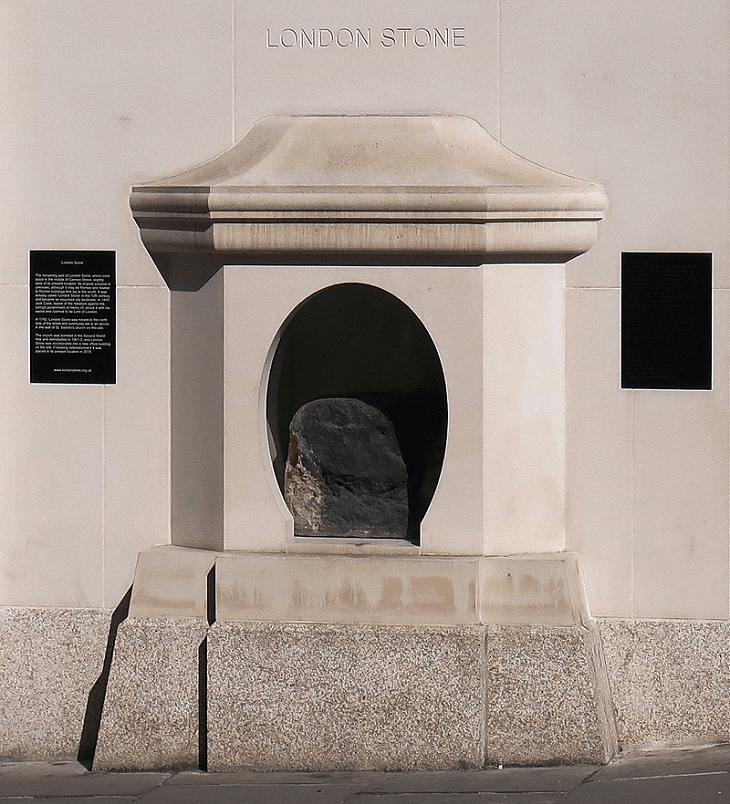
The London Stone is one of England’s more bizarre tourist attractions. No-one is quite sure what the original significance of the London Stone was, but it has been kept in the city as a landmark for centuries.
There are many theories about the stone’s importance, one laid out by Shakespeare himself, who included it in Henry VI, Part 2 as a sort of prop that rebel leader Jack Cade used to declare himself Lord of the City.
Have you visited any of these famous places that inspired Shakespeare’s works? Let us know in the comments section below.
If you enjoy our content, don’t keep it to yourself. Share our free eNews with your friends and encourage them to sign up.

